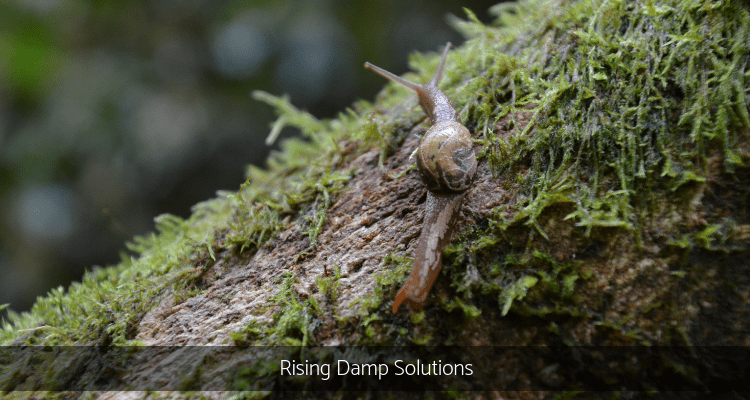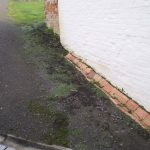 What rising damp is and how to manage it
What rising damp is and how to manage it
Ground and surface water accumulate naturally at the lowest point, mainly due to inefficient drainage. In this post you will learn more about rising damp solutions and how to utilize them.
The presence of unwanted dampness can be located in building foundations and walls, either from outside intrusion or from indoor condensation. Rising dampness may also result from flooding from a defective plumbing leakage or unaddressed drainage problem.
Moisture moves upwards from the ground to lower areas of any building wall, either your home or your office presenting rising damp problems. Whether it is moving slowly over time or instantly over a season, the dampness moves up the wall through a network of “capillary action”.
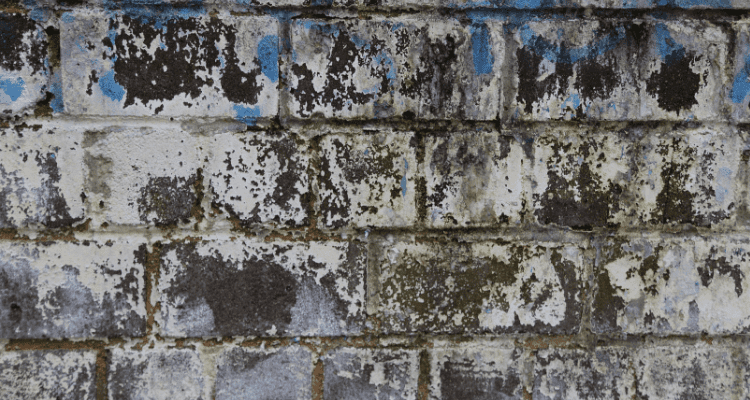
Yes, many buildings in the country prior to 1970’s would have some form of rising damp. It comes from a combination of factors such as rising ground water levels, inadequate subsoil drainage system or what the building is made of, particularly concrete building materials and masonry, or if the damp proof course has been compromised.
The Moisture
moves from the ground, into and up through porous building materials, and then when the rising damp stops or evaporates, it will leave behind salt deposits, such as nitrates and sulphates according to Heritage Council of NSW (2008) within the walls and a “tide mark” reminder of its activity, presenting a cosmetic problem to the building part involved.
The Salt
gets into pores of bricks in your home, it expands and may cause cracking. Salt efflorescence is a phenomenon forming crystals within the porous areas of your built environment that look similar to flowers indicating to where the level was reached or a more serious structural problem.
The Dampness
may also affect organic materials such as wood causing decay and encourage organism growth. Dry rotting or wet rotting may occur, providing a habitat for weevils and wood worm, causing further wood damage.
The Mould
Dampness adversely triggers mould, conducive to damp, dark areas. Whenever this happens, you may need to go through a process of finding the source, and if it continues to occur after structural remedial action has been taken, it is best to consult a mould remediator.
The mould can spread to other areas of your home that is not porous, so once it begins taking hold on the places where rising damp has occurred, it may spread further into your home.
Adverse Health Effects
This can cause adverse health affects to the inhabitants in your home or office. A 2009 World Health Organization report stated that excess moisture leads – on almost all indoor materials – to growth of microbes such as moulds, fungi and bacteria, which subsequently emit spores, cells, fragments and volatile organic compounds into the indoor air. Moreover, dampness initiates chemical and / or biological degradation of materials, which also causes pollution of the indoor air. Exposure to microbial contaminants is potentially associated with respiratory symptoms, allergies, asthma and immunological reactions. Dampness has been suggested to be a strong and consistent indicator of risk for asthma and respiratory symptoms such as cough and wheeze.
Indoor air Contamination
According to WHO (2013), indoor air pollution from biological agents related to damp and mould increases the risk of respiratory disease in children and adults where children are particularly susceptible including respiratory disorders such as irritation of the respiratory tract, allergies and exacerbation of asthma.
Dampness is often associated with poor indoor air quality and inadequate housing hygiene, which includes factors such as overcrowding, low air exchange rate, low indoor temperature and poor insulation.
How to address rising damp or rising salt?
- Check for plumbing issues such as damaged pipes and faulty guttering.
- Check if damp proof courses have been compromised such as the plastic sheeting between the pylons or the concrete slab.
- Take a sample of affected carpet or wallpaper to be analyzed in a lab for nitrate or other salt content as suggested by Bijlsma (2010).
- Check for flooding or poor drainage immediately in, around or under the house that could be contributing to dampness.
- Increase cross ventilation under the house by keeping crawl space and sub floor vents in exterior walls unobstructed and clear of debris.
- Avoid building on reclaimed land that was swamp or flood plain.
- Keep piles of soil, compost or leaf mulch away from the building.
- Keep bins, sheds, pet bedding, water tanks away from the house, providing air flow.
- Inside, ventilate, ventilate, ventilate. Open windows and doors to provide air flow.
- Air bedding, carpet, rugs and furniture in the sun and fresh air.
- Use dehumidifiers for the home to dry moisture and lower uncomfortable humidity. Hire a dehumidifier from us when you need it most.
PRODUCT:
Zeolite- Bag of Rocks
Eliminates moisture, damp and musty smells safely and naturally from any wardrobe or room. Reduce mould, mildew, dampness, condensation, odours.
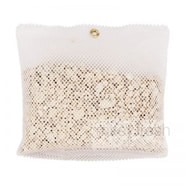
Dampp-Chaser storage dehumidifiers can be used in wardrobes to lower dampness and help prevent mould damage to your shoes and clothing.
PRODUCT:
Dampp Chaser
Eliminates mould, mildew, stagnant air in wardrobes and cupboards, pantries, linen closets, RV’s, boats, rental storage, basements.
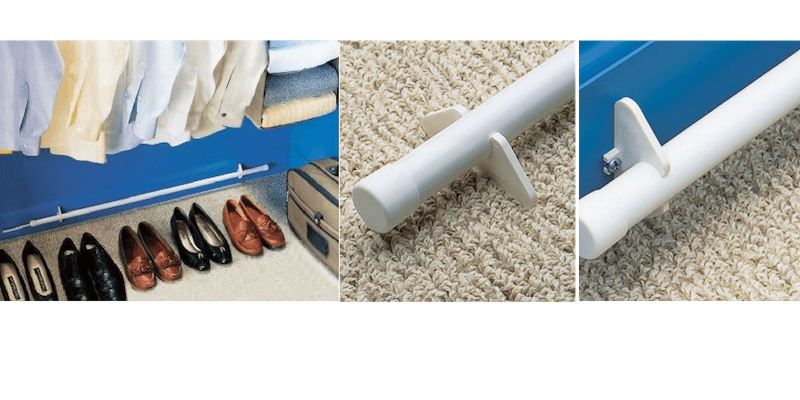
Towards healthier living, Carol Parr ♥
As Building Biologists, we have acquired knowledge of adverse health effects and recommend effective strategies to reduce occupants’ exposure by eliminating and controlling as many sources of pollutants in order to create healthy indoor living environments that are as exposure-free and natural as practically possible.
References:
Bijlsma, N. 2010, Healthy Home Healthy Family, Joshua Books, Buddina, Australia. https://www.miteyfresh.com.au/product/healthy-home-healthy-family-book-by-nicole-bijlsma
Heritage Council of NSW “Technical Guide – Salt attack and rising damp – A guide to salt damp in historic and older buildings” 2008 (Online). Available: http://www.dpcd.vic.gov.au/__data/assets/pdf_file/0005/36815/Salt_Damp_tech_guide.pdf [25 June 2013]
World Health Organization European Environment and Health Information System 2009, “Children Living In Homes with Problems Of Damp Fact Sheet 3.5 December 2009 Code: RPG3_Hous_Ex2.”(Online).
Available: http://www.euro.who.int/__data/assets/pdf_file/0005/97007/3.5.-homes-with-problems-with-damp-EDITING_layouted_V2.pdf 25 June 2013 [25 June 2013]
World Health Organization European Environment and Health Information System 2013, “Chronic respiratory diseases Quick Facts and Figures” (Online). Available: http://www.euro.who.int/en/what-we-do/health-topics/noncommunicable-diseases/chronic-respiratory-diseases/facts-and-figures [25 June 2013]
Author
-
We’re glad you’re here. We’re Carol and Tony, founders of one of the longest running Healthy Home Blogs in the world, Mitey Fresh Australia. We’ve been on this journey for the last 25 years and are passionate about helping families sift through health hazards and triggers like allergens, mould, water damage, chemicals and EMFs, to get clarity about what’s toxic and what’s not so they can create a healthy and happy home for their family they love. Each month, people visit this blog seeking focus on the health and wellbeing of their loved ones, sustainable and effective practice tips and guides, to help create and manage healthier indoor spaces, improve the built environment that is pleasing to the senses and support healthy living and nature, every day. Starting this blog was to help change people’s lives, one family at a time, and we can’t wait to share how its allowed us to stand next to you and show you how interpreting these synergies between buildings and the environment they are built in will impact upon the health and well-being of those who occupy them. Find out more about Healthy Homes and what this blog can do for you!

